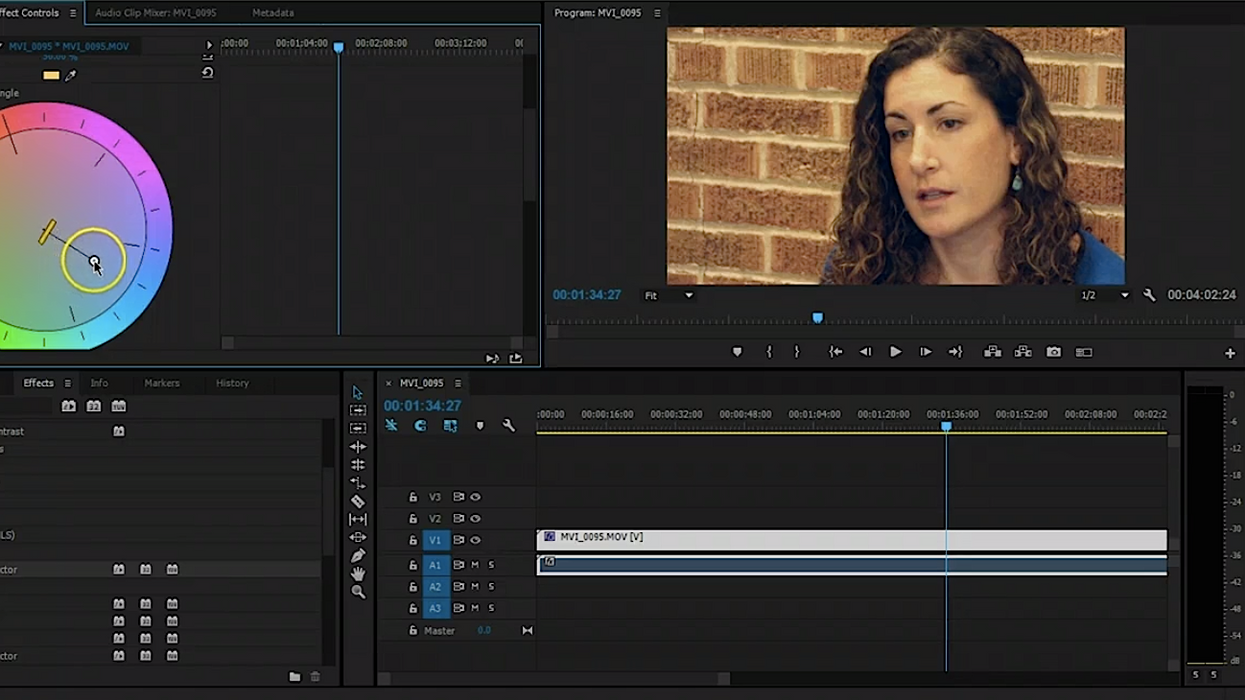Take One Minute to Learn How to Correct White-Balance in Premiere Pro
Finding out that your white balance was set incorrectly can lead to a sinking feeling.

Not because it's impossible or even difficult to correct, but because you just know that fixing it in post is going to be a lengthy, tedious process. Luckily, the process is not as bad as you might think, and if you're a Premiere Pro user, you can fix funky white balances in at matter of seconds with the "Fast Color Corrector" effect. Here's Karl Weirauch to show you how.
There are a couple of things to keep in mind about this process. First and foremost, using the white balance eye-dropper in the Fast Color Corrector can lead to some odd results if there's nothing remotely white in your frame. If you're shooting narrative work, you can usually get away with sampling the slate, although it's best to have a color chart or chip chart in the frame as well for total accuracy. If you don't have either of those things, you can always just sneak in a piece of paper.
In the absence of anything truly white in the frame, you can always select the closest thing to white and adjust the color wheel -- as Karl did in the video -- but that process is bound to be less accurate, especially if you're doing it by eye. For best results, you'll want to use the RGB parade to make sure that you have an even balance of the three color channels in your shot. Here's Andrew Devis and CreativeCOW to show you how to view an RGB parade and how to use it to correct white balance issues.
Obviously, nailing white balance on set is simple and not at all time-consuming, so there's not much reason to blow it. With that said, it's something that happens to everybody, so it's worth knowing how to fix it quickly and simply in post. What are your tips and tricks for fixing white balance? Share them down in the comments!
Source: Karl Weirauch












